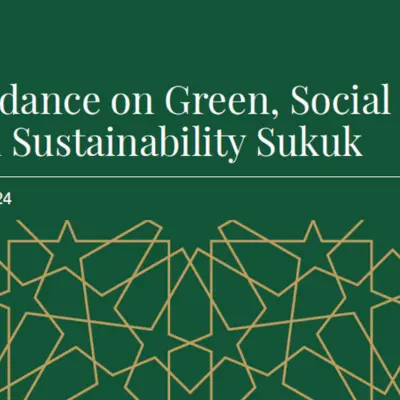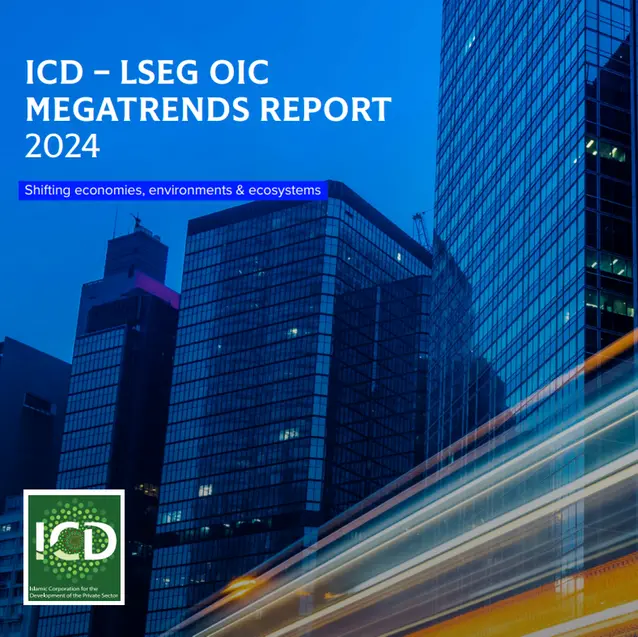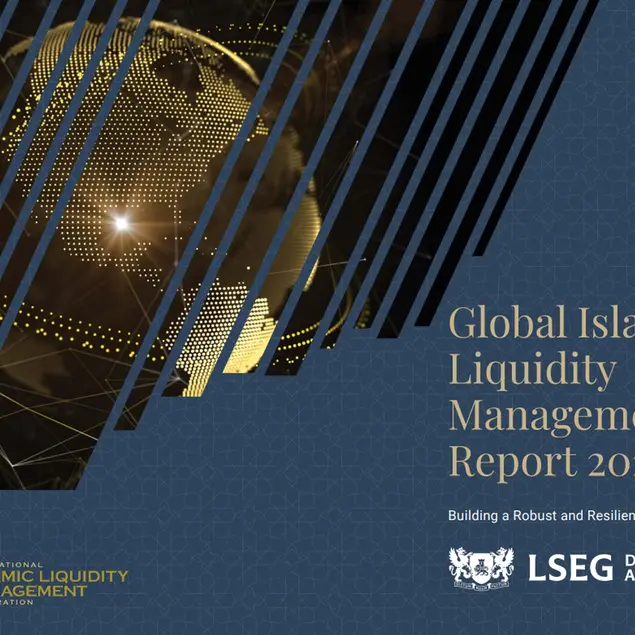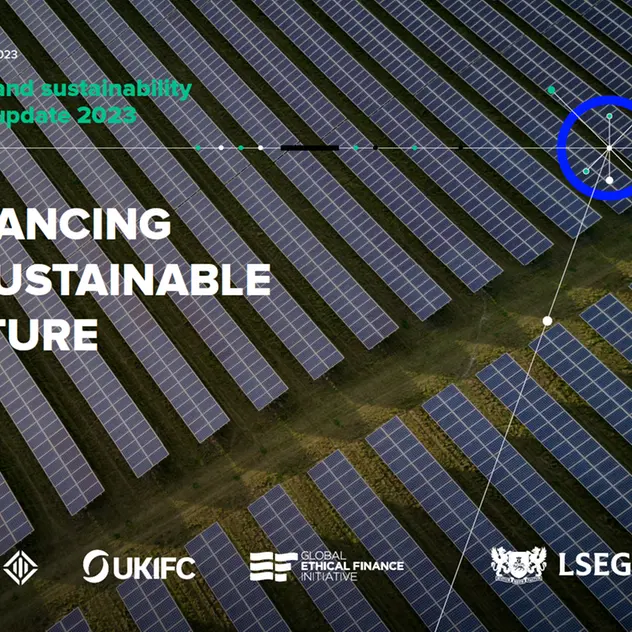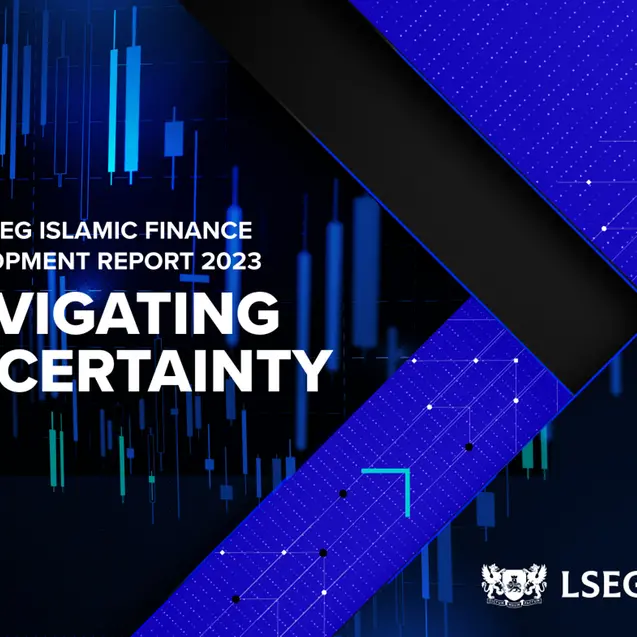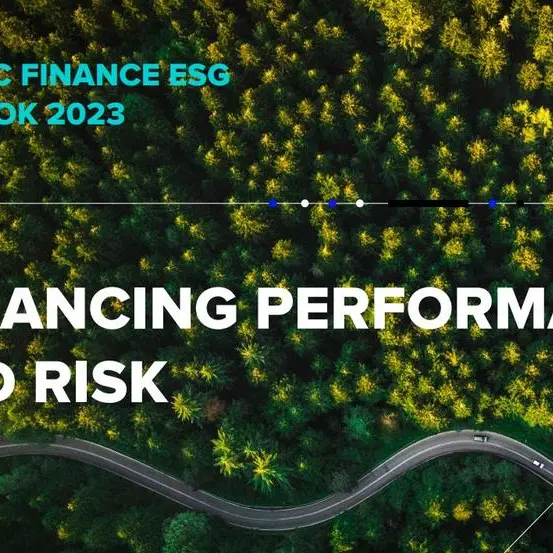PHOTO
Although the value of new issuances declined by 18% year-on-year in the first nine months of 2016 to US$39.82 billion, the market welcomed new issuers Ivory Coast at the end of 2015 and Togo this year, and maintained issuances from 13 different jurisdictions. By comparison, new issuances fell 51% in the similar time period last year, as compared to 2014. Malaysia remains the biggest domestic sukuk market with US$23.14 billion in new issuances, followed by the UAE with US$3.95 billion and Saudi Arabia with US$3.20 billion.
The pipeline of announced and rumored sukuk as of September 2016 totals US$22 billion, down from US$32 billion a year prior. However, qualitative factors have promising signs for the recovery and expansion of the sukuk market in the coming year. Since the lifting of UN sanctions on Iran in January 2016, its government is preparing to attract international investors to a potentially increased volume of sukuk. Oman, Nigeria, and Kenya have recently issued new sukuk regulations, while the latter two and Niger are all planning to issue their first sovereign sukuk in the near future.
Access the full report to find out:
- Trends and developments in global sukuk markets;
- Performance of key sukuk markets, including both primary and secondary markets;
- Impact of key factors such as oil prices and interest rate movements on sukuk markets;
- Forecast of the supplydemand gap in equilibrium in sukuk issuance; and
- Key survey insights and key stakeholders’ views.

